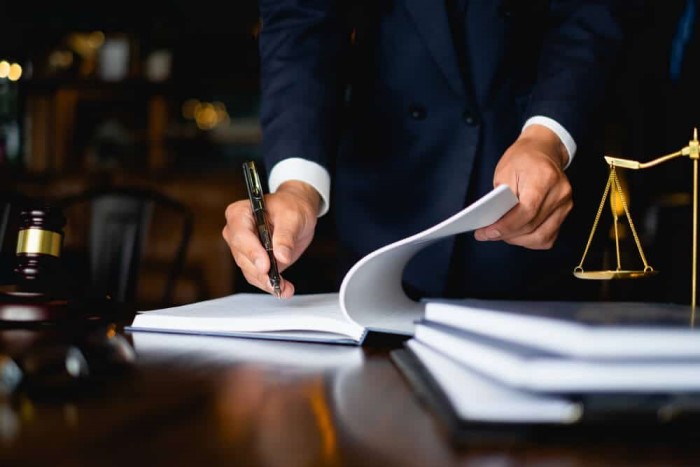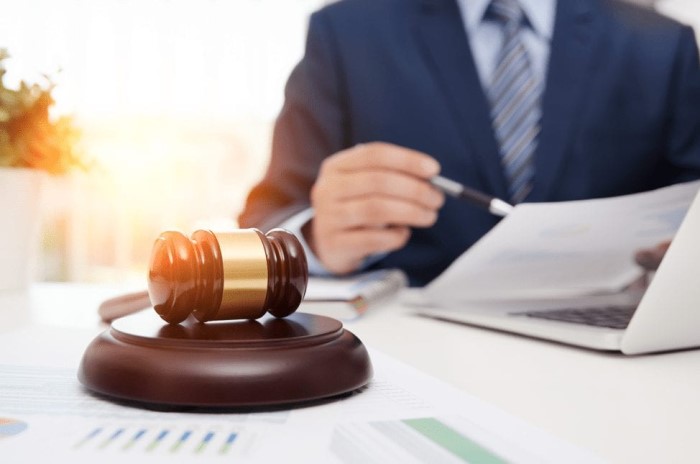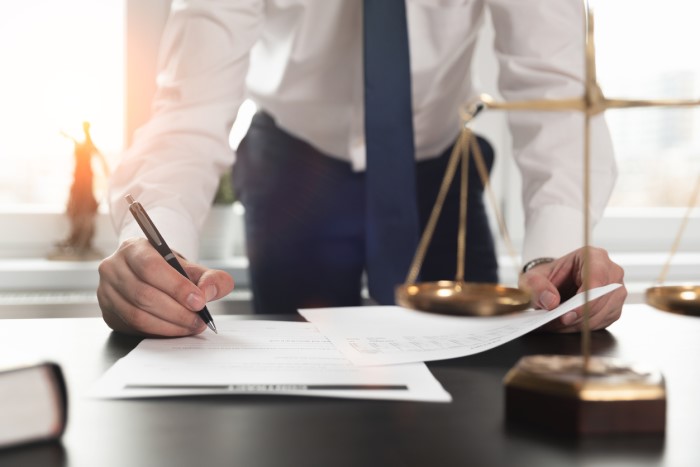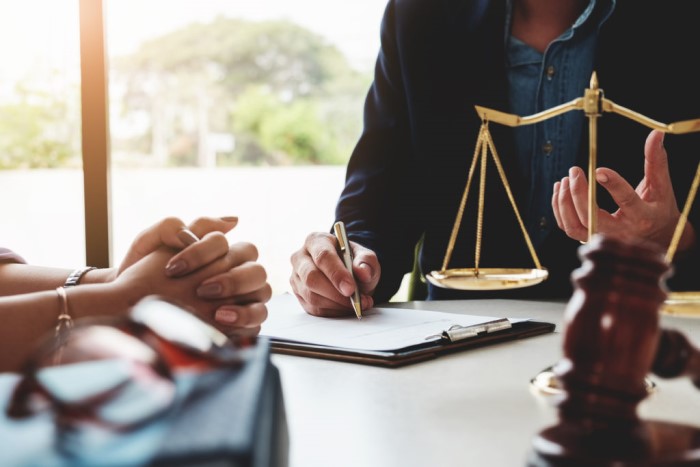Introduction
Ever wondered who’s responsible if you slip and fall at a friend’s house or get injured on a store’s property? Enter the world of premises liability lawsuits. These cases revolve around the responsibility property owners have to ensure their spaces are safe for visitors. But what exactly does that mean? Let’s dive into the details.
Understanding Premises Liability
Definition and Scope
Premises liability refers to the legal duty property owners have to maintain a safe environment for those who enter their property. This concept covers various types of property—residential, commercial, and public spaces. If an injury occurs due to a property owner’s negligence, the injured party might have a valid claim.
Types of Premises Liability Claims
Slip and Fall Accidents
One of the most common premises liability claims is slip and fall accidents. Imagine slipping on a wet floor in a supermarket. If the store didn’t put up a warning sign or failed to clean up the spill promptly, they might be liable for your injuries.
Inadequate Maintenance
Sometimes, injuries occur because of poor maintenance. For instance, broken stairs or malfunctioning elevators can lead to severe accidents. Property owners are expected to regularly inspect and fix such hazards.
Unsafe Conditions
Unsafe conditions also fall under premises liability. Think of a poorly lit parking lot or uneven pavement that causes someone to trip. These conditions might not be immediately obvious but can still lead to significant injuries.
Key Elements of a Premises Liability Case
Duty of Care
The first step in any premises liability case is establishing that the property owner owed a duty of care. This means the owner had a legal obligation to keep the property reasonably safe for visitors.
Breach of Duty
Next, you need to prove that the property owner breached this duty. If they ignored safety standards or failed to address known hazards, they might be at fault.
Causation
Causation ties the breach of duty to the injury. You must show that the unsafe condition directly caused your injury. For example, if you fell due to a broken stair, the stair’s condition must be proven as the cause of your fall.
Damages
Finally, you need to demonstrate that you suffered damages due to the injury. This could include medical bills, lost wages, and pain and suffering. Essentially, you’re showing how the injury has impacted your life financially and emotionally.
Common Defenses in Premises Liability Lawsuits
Comparative Negligence
One common defense is comparative negligence. If you were partly responsible for your injury, the property owner might argue that their liability should be reduced based on your contribution to the accident.
Assumption of Risk
Another defense is the assumption of risk. If you willingly entered a hazardous area, the property owner might claim you knew and accepted the risks involved.
Contributory Negligence
In some states, contributory negligence can bar recovery if you’re found even slightly at fault. This means if you contributed in any way to the accident, you might not be able to recover damages.
Steps to Take If Injured on Someone Else’s Property
Seek Medical Attention
First and foremost, your health is the top priority. Seek medical attention for your injuries. Not only does this ensure you get proper care, but it also documents your injuries.
Document the Incident
Take photos of the scene, including any hazards that caused your fall or injury. Collect names and contact information of any witnesses. This documentation will be crucial for your case.
Report the Incident
Report the accident to the property owner or manager. This creates an official record of the incident, which can be useful in legal proceedings.
Consult with a Lawyer
Finally, consult with a lawyer specializing in premises liability cases. They can provide guidance on the strength of your case and help navigate the legal process.
Legal Process in a Premises Liability Case
Filing a Complaint
The legal journey begins by filing a complaint. This document outlines your allegations and the compensation you’re seeking. It’s the official start of your lawsuit.
Discovery Process
During discovery, both sides gather evidence. This includes depositions, document requests, and interrogatories. It’s a crucial phase where both parties build their cases.
Trial and Settlement
Most premises liability cases settle out of court. However, if a settlement isn’t reached, the case goes to trial. Here, both parties present their evidence, and a judge or jury decides the outcome.
Compensation in Premises Liability Cases
Types of Damages
Compensation typically includes medical expenses, lost wages, and pain and suffering. Each case is unique, and the damages awarded depend on the extent of your injuries and their impact on your life.
How Compensation is Determined
The amount of compensation is determined based on the severity of the injury, the degree of negligence, and the financial impact on the victim. Lawyers use various methods to calculate fair compensation.
How to Find the Right Lawyer
Experience and Specialization
Choose a lawyer with experience in premises liability cases. They should be familiar with the nuances of these types of claims and have a track record of successful outcomes.
Client Reviews and References
Look for reviews and references from previous clients. This feedback can provide insights into the lawyer’s effectiveness and client satisfaction.
Initial Consultation
Most lawyers offer an initial consultation, often free of charge. Use this opportunity to discuss your case and gauge the lawyer’s expertise and approach.
Conclusion
Premises liability lawsuits can be complex, involving various factors and legal principles. Understanding the basics of these cases can help you navigate the process if you’re ever injured on someone else’s property. Remember to seek medical attention, document everything, and consult a knowledgeable lawyer to ensure your rights are protected.
FAQs
What is the average settlement amount for a premises liability case?
Settlement amounts vary widely based on the injury’s severity, the case’s specifics, and local legal standards. It’s best to consult with a lawyer to get an estimate.
How long do premises liability cases take?
The duration of a premises liability case depends on its complexity. Some cases settle quickly, while others may take months or even years if they go to trial.
Can I file a premises liability claim without a lawyer?
While it’s possible to file a claim without a lawyer, having legal representation increases your chances of a favorable outcome and ensures you meet all legal requirements.
What evidence is needed for a premises liability case?
Key evidence includes medical records, photographs of the scene, witness statements, and any relevant documentation related to the injury and property conditions.
What should I do immediately after an injury?
Immediately seek medical attention, document the incident, report it to the property owner, and consult with a lawyer to understand your legal options and rights.





